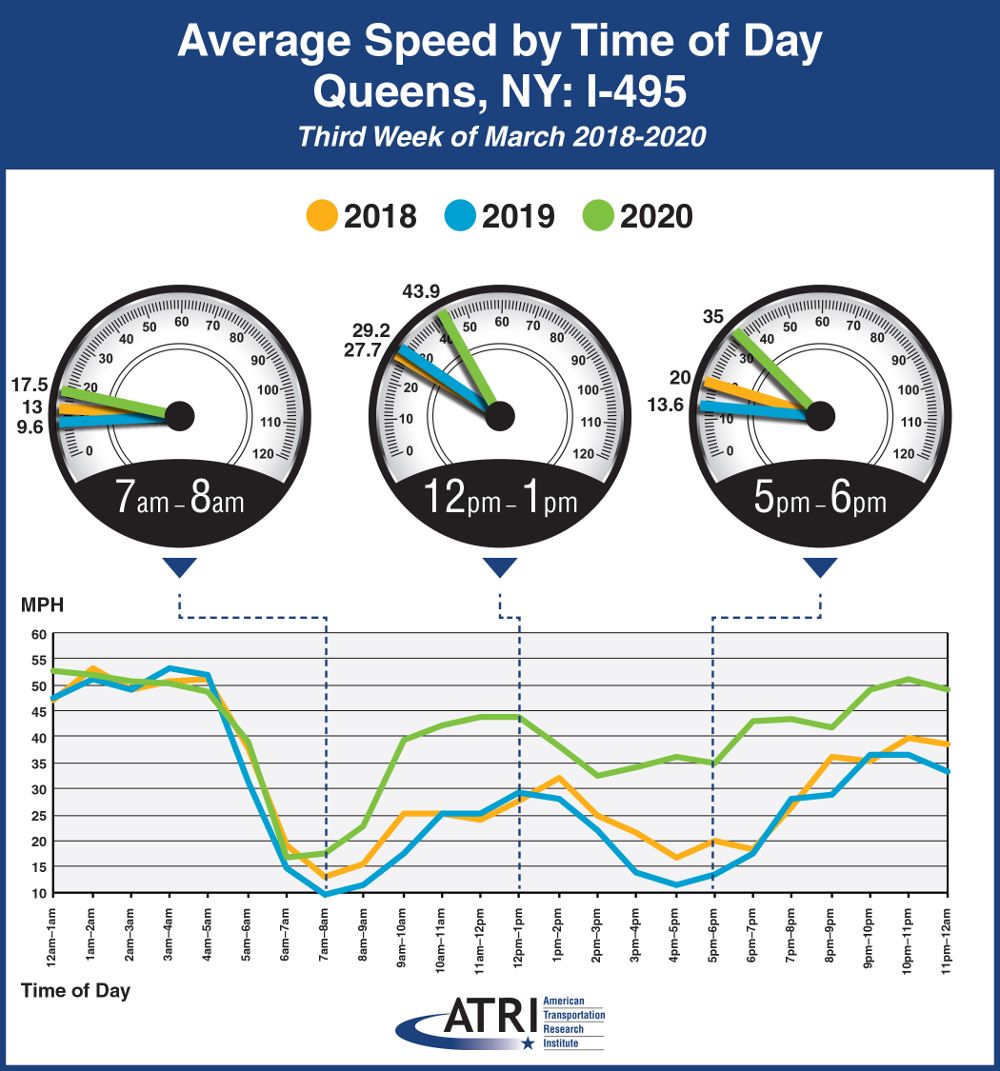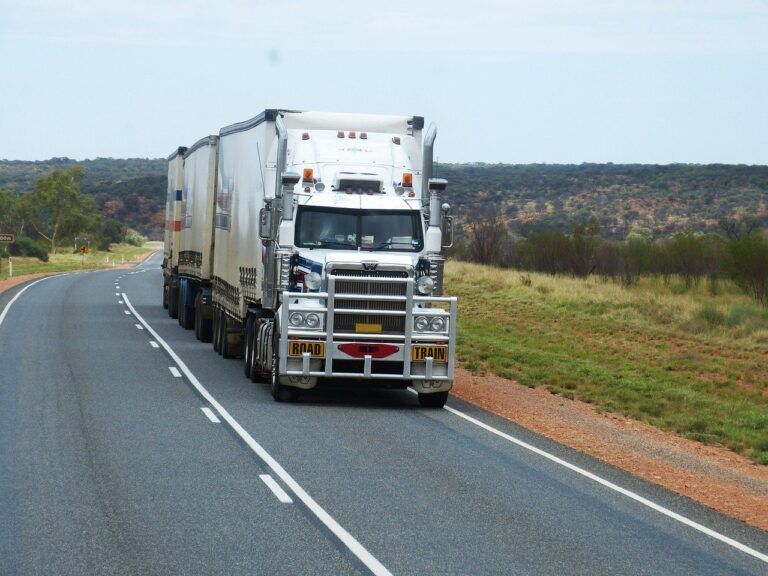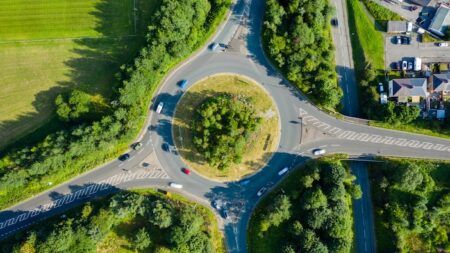The USA trucking industry’s not-for-profit research organisation, the American Transportation Research Institute (ATRI) and the Owner-Operator Independent Driver Association Foundation (OOIDA) are conducting a joint study to understand the numerous impacts that the coronavirus pandemic is having on freight operations.
The combined OOIDA-ATRI research focuses heavily on a survey that solicits critical input from truck drivers and motor carrier staff who are encountering Covid-19 impacts such as limited shipper access, changing distribution patterns and traffic-related issues. The two organisations hope that the survey will help confirm how the trucking industry is leading the effort in responding to food and medicine shortages across the country, while providing vital data that can improve the delivery of other critical supplies.

“Our goal is to complete the data analysis as quickly as possible, as it can provide important guidance to public and private decision-makers,” explained Dan Murray, senior vice president at ATRI. “The COVID-19 pandemic is a moving target, and we can’t afford to design policies and supply chains around guesswork.”
Last week, ATRI released new data showing that trucks are continuing to move, in many cases faster than usual, to respond to the demands placed on the industry by the Covid-19 pandemic. For example, according to ATRI’s data, at the intersection of I-85 and I-285 in Atlanta, known locally as ‘Spaghetti Junction’, afternoon rush hour truck speeds are typically less than 15mph (24km/h) due to congestion. Last week, truck speeds averaged 53mph (85km/h). Among the hardest hit states, New York, California, and Illinois, the data is showing similar changes:
- In New York, along I-495 in Queens, the afternoon rush hour typically sees average truck speeds of 16mph (26km/h). Speeds have now more than doubled, averaging 38mph (61km/h);
- In Los Angeles, at the intersection of I-710 and I-105, truck traffic speeds during highly congested morning rush hours are normally less than 25mph (40km/h) between the hours of 6 and 8 a.m. Truck speeds are now averaging 53mph (85km/h) in the morning as citizens stay at home but truck deliveries increase;
- At the Byrne Interchange in Chicago, where I-290 intersects with I-90/I-94, morning truck speeds are now averaging 43mph (69km/h), more than twice the typical morning rush hour speed of 20mph (32km/h).

According to ATRI’s analysis, the results can be explained by several Covid-19 related factors: first is the dramatic reduction in commuter traffic, allowing trucks to operate at higher speeds, particularly during traditional rush hours. Second, is the continuous 24/7 truck operations that generate higher average truck speeds across nearly all hours of the day. ATRI’s analysis used truck GPS data from more than a million heavy-duty trucks and the locations examined included some of the nation’s top truck choke points.
“Our real-time GPS data allows us to analyse freight flows, and so far in March, what we are seeing is an unprecedented level of truck movement,” noted ATRI’s president and COO, Rebecca Brewster. “Not only are trucks continuing to move, but they are doing so at speeds well in excess of normal traffic patterns. Spaghetti Junction is typical of what we’ve seen across the country, especially in areas hit hard by the virus and subject to quarantines and lockdowns. As other traffic dissipates, trucks continue to move, delivering much-needed relief supplies to markets, hospitals, gas stations and other essential businesses.”





